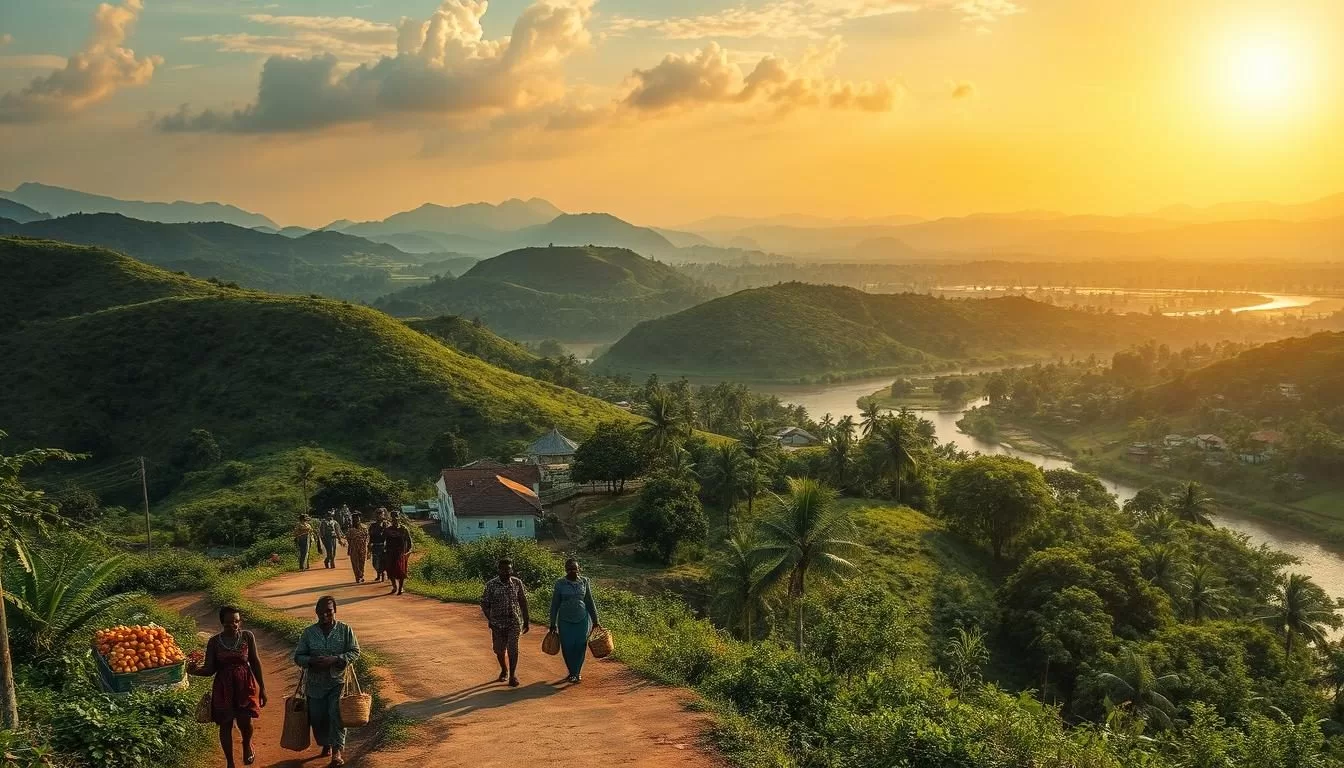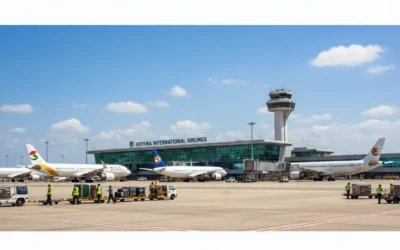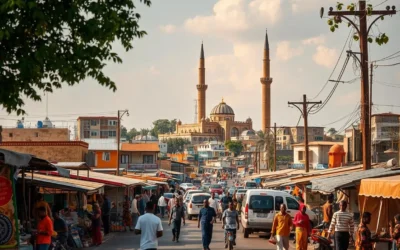✓ Accommodations✓ Flights✓ Rental Cars✓ Tours & Activities ✓ Tours & Activities
Are you ready to explore the vibrant culture, scenic landscapes, and bustling markets of Ghana? The timing of your trip can significantly enhance your travel experience. Ghana’s tropical climate creates two distinct seasons that impact everything from wildlife viewing to festival schedules.
Understanding the best time to visit Ghana is crucial for making the most of your journey. Whether you’re looking to participate in colorful festivals or enjoy the sunny beaches, knowing the optimal season can make all the difference. You’ll be able to plan a trip that aligns with your travel preferences and make the most of your time in this West African gem.
Understanding Ghana’s Climate and Seasons
Understanding the climate and seasons in Ghana is crucial for planning a successful trip. Ghana’s climate plays a significant role in determining the best time to visit and the activities you can enjoy during your travel.
Ghana’s Tropical Climate Overview
Ghana has a tropical climate, characterized by high temperatures and high humidity levels throughout the year. The country’s weather is influenced by its geographical location near the equator. The tropical climate means that Ghana experiences a relatively warm season throughout the year, with temperatures varying across different regions.
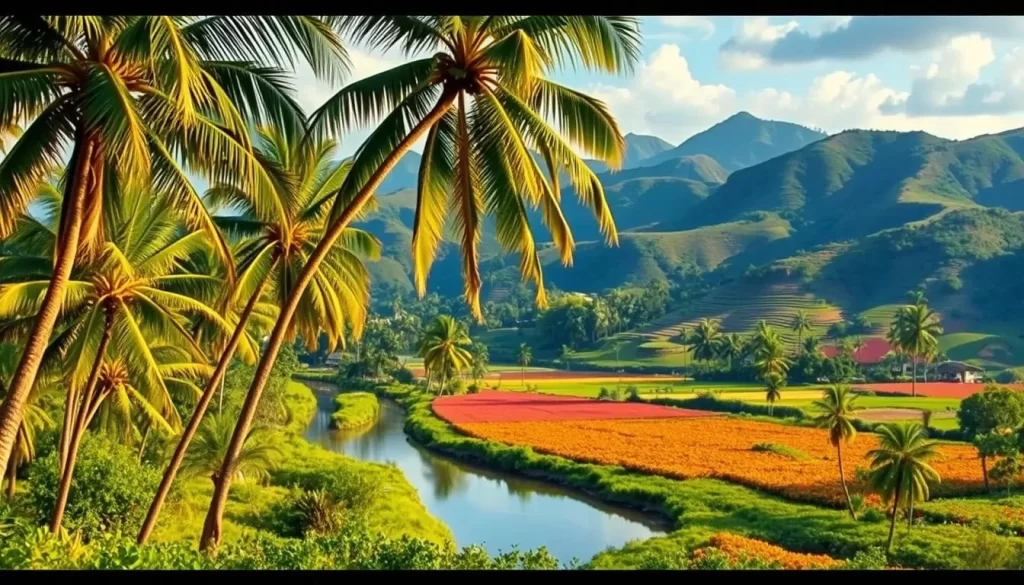
The Two Main Seasons: Wet and Dry
Ghana’s tropical climate is marked by two main seasons: the wet season and the dry season. The wet season, also known as the rainy season, typically runs from April to October, bringing regular rainfall that transforms the country’s landscapes into lush environments. In contrast, the dry season, which spans from November to March, offers easier travel conditions with minimal rainfall, making it ideal for exploring Ghana’s diverse regions and wildlife areas.
The dry season is considered Ghana’s high season, with little to no rainfall, allowing for smooth travel across the country’s well-maintained roadways. On the other hand, the wet season, or low season, can be humid and sticky, but it brings a lush explosion of greenery and cooler temperatures.
Ghana: Best Months for a Weather-Savvy Trip
As you plan your trip to Ghana, knowing the optimal time to visit can enhance your overall experience. Ghana is a year-round destination, but certain periods offer more favorable conditions for travelers. The country’s climate varies significantly across different regions, making it crucial to choose the right time for your visit.
November to March: The Ideal Dry Season
The dry season, which spans from November to March, is considered one of the best times to visit Ghana. During this period, the weather is generally dry and pleasant, making it ideal for outdoor activities and sightseeing. The dry season is particularly suitable for visiting the northern regions, where the Harmattan winds bring a dry, cool breeze. By November, the rains have stopped in the south, and the landscape is still lush from the previous wet season, offering beautiful scenery for photography and exploration.
September to November: The Sweet Spot
The period from September to November is another excellent time to visit Ghana. Although it’s still part of the rainy season in September, the rains decrease significantly by October, and the weather becomes more pleasant. This period is ideal for travelers looking for smaller crowds and lower prices. The harvest festivals that take place during this time provide authentic cultural experiences, and the lush landscapes from the rainy season remain vibrant, offering beautiful scenery. By November, the rains have typically ended in the south, making it an ideal time to visit before the dusty Harmattan winds arrive.
You’ll enjoy a balance of good weather, fewer crowds, and lower prices during the September to November period. The decreasing rainfall and increasingly pleasant conditions, especially in southern Ghana, make it an attractive time for tourists. Additionally, the harvest festivals offer a unique cultural experience without the peak-season crowds.
Monthly Weather Breakdown in Ghana
To make the most of your trip to Ghana, it’s vital to understand the country’s monthly weather patterns. Ghana’s climate varies throughout the year, and being informed about the weather conditions can significantly enhance your travel experience.
December to February: Peak Dry Season
During these months, Ghana experiences its peak dry season. The weather is characterized by dry, dusty harmattan winds, especially in the northern regions. Temperatures are generally warm, with average highs around 30°C (86°F). It’s an ideal time for outdoor activities like safaris and exploring national parks. The dry conditions make it easier to spot wildlife, and the clear skies offer great opportunities for stargazing.
March to May: Transition to Wet Season
As Ghana transitions into the wet season, the weather starts to become more humid, and temperatures rise. March and April can still be quite dry, but by May, the rains become more frequent. This period is great for witnessing the lush landscapes that follow the initial rains. It’s also a good time for cultural experiences, as many traditional festivals take place during this time. The Homowo Festival in Accra, for instance, is a significant event that showcases the rich cultural heritage of the Ga people.
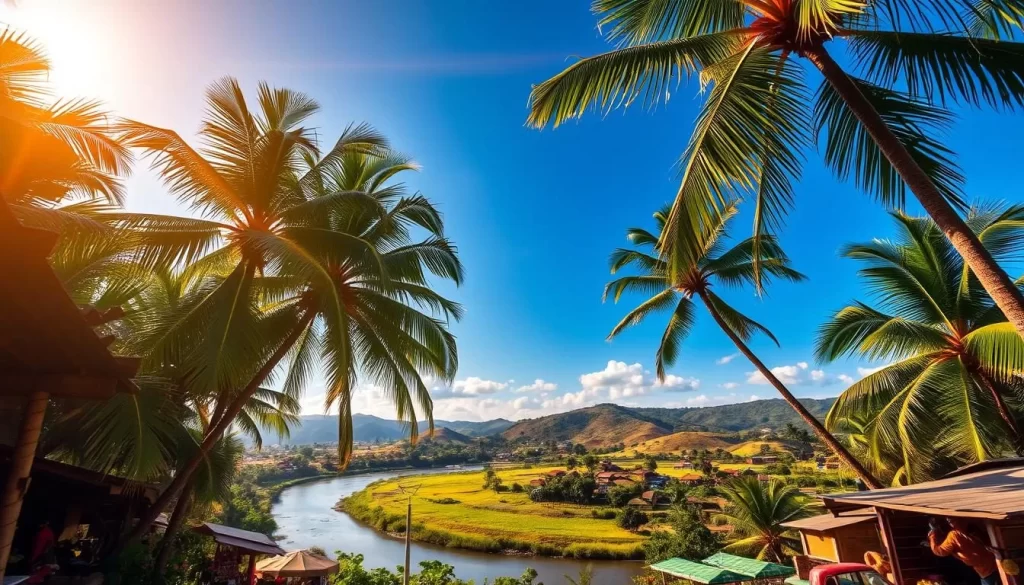
June to August: Heart of the Rainy Season
The rainy season is at its peak during these months, with frequent and sometimes heavy rainfall. While this might limit some outdoor activities, it’s a great time to experience Ghana’s vibrant culture indoors. The rain also brings out the lush greenery, making landscapes particularly beautiful. It’s a good time to explore museums, cultural centers, and indoor markets, where you can learn about Ghana’s history and traditions.
September to November: Harvest Season
As the rainy season begins to subside, Ghana enters its harvest season. September still experiences some rainfall, but by October and November, the weather becomes drier and more pleasant. These months are ideal for outdoor activities, such as visiting national parks, attending local festivals, and exploring the vibrant markets. The landscapes are lush and green, offering beautiful scenery. The decreasing rainfall and comfortable temperatures make it an optimal time to visit, enjoying the best of both worlds—green landscapes and dry, sunny days.
Understanding these monthly weather patterns can help you plan your trip to Ghana more effectively, ensuring that you make the most of your time and enjoy the activities and experiences that interest you the most.
Regional Weather Variations Across Ghana
Ghana’s diverse geography leads to varied regional weather patterns. The country’s climate varies significantly from the coastal regions to the northern savannah.
Coastal Ghana: Accra and Cape Coast
The coastal region, including Accra and Cape Coast, experiences a relatively moderate climate compared to the rest of the country. The dry season, from November to March, is characterized by mild temperatures and low humidity. During this time, the weather is ideal for outdoor activities and sightseeing.
Central Ghana: Kumasi and the Ashanti Region
Central Ghana, particularly Kumasi and the Ashanti Region, has a more pronounced wet season. The region experiences significant rainfall from April to October, with the peak usually occurring in June and July. The dry season brings relief from the rain, making it a good time for exploring the region’s cultural and historical sites.
Northern Ghana: Tamale and Mole National Park
Northern Ghana, including Tamale and Mole National Park, is known for its extreme climate variations. The wet season, from May to October, brings much-needed relief from the heat, with temperatures dropping from highs of 35-40°C (95-104°F) to more comfortable levels. The dry season, from November to April, is the best time for wildlife viewing in Mole National Park as animals gather around the limited water sources.
| Region | Dry Season | Wet Season | Best Time for |
|---|---|---|---|
| Coastal Ghana | November to March | April to October | Outdoor activities |
| Central Ghana | November to March | April to October | Cultural exploration |
| Northern Ghana | November to April | May to October | Wildlife viewing |
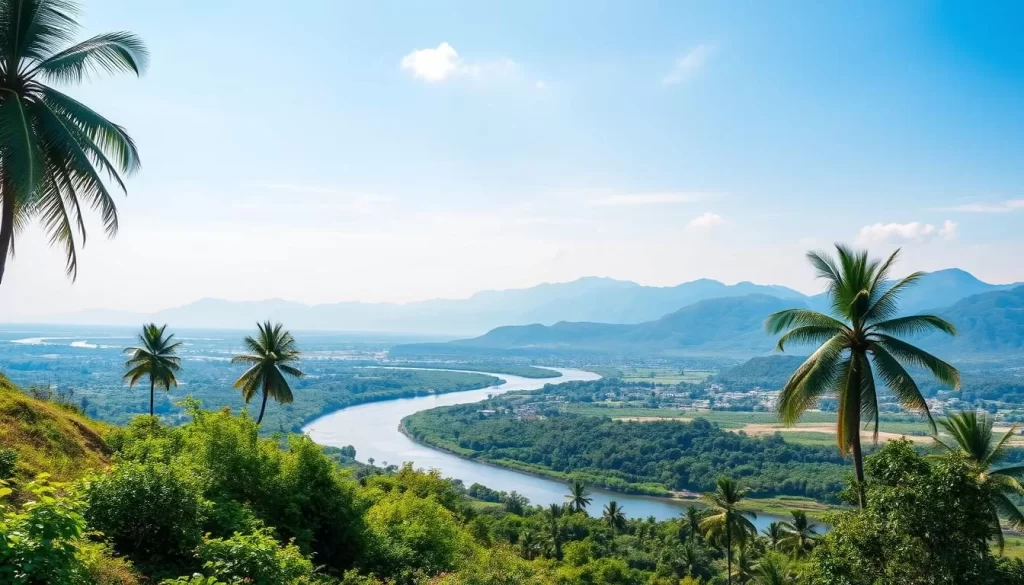
Understanding these regional weather variations is key to planning your trip to Ghana. Whether you’re interested in wildlife viewing, cultural immersion, or simply enjoying the beaches, timing your visit according to the regional climate will enhance your experience.
Best Times for Specific Activities in Ghana
Ghana’s varied climate and cultural calendar mean that different activities are best enjoyed at different times. Whether you’re looking for wildlife adventures, relaxing beach vacations, or immersive cultural experiences, understanding the optimal times for these activities can significantly enhance your trip.
Wildlife Viewing and Safari Experiences
For those interested in wildlife viewing and safari experiences, the dry season is generally considered the best time. In Mole National Park, the dry months from December to April offer ideal conditions for spotting a wide range of wildlife as they congregate around water sources.

Beach Vacations and Coastal Exploration
If you’re planning a beach vacation or coastal exploration, the dry seasons are the most pleasant. From November to March, the weather is dry and sunny, making it perfect for enjoying Ghana’s beautiful beaches and coastal activities.
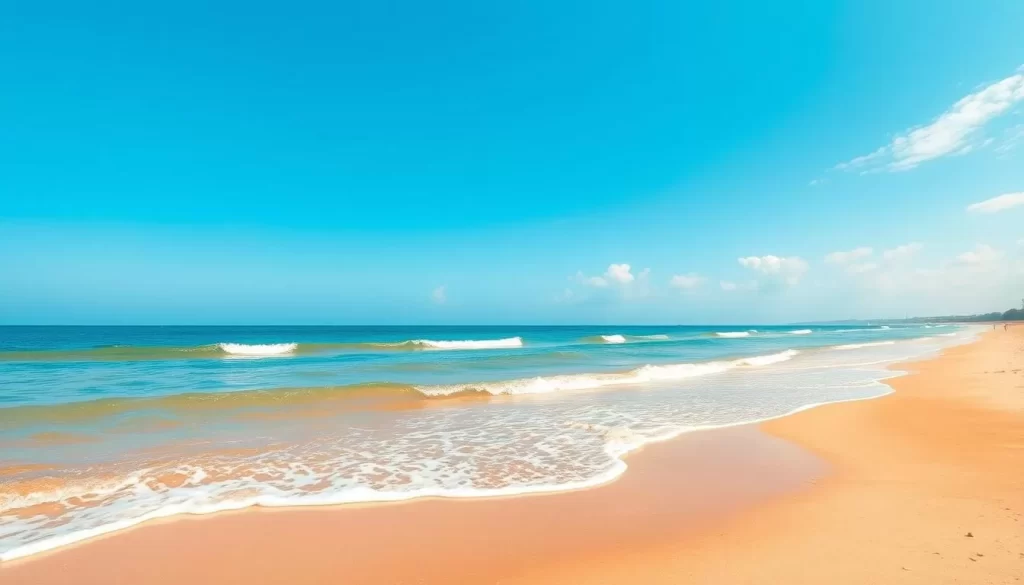
Cultural Immersion and City Experiences
Ghana is rich in cultural experiences, with various festivals and events happening throughout the year. December is particularly vibrant, especially in Accra, with festivals like Afrochella celebrating African music, fashion, and culture. Additionally, the Ashanti Akwasidae festival in Kumasi is a significant cultural event that takes place every sixth Sunday according to the Ashanti calendar.
The cultural calendar offers a wide range of experiences, from traditional ceremonies to contemporary arts and music scenes. You’ll find that major cities like Accra and Kumasi maintain their cultural vibrancy year-round, making them great destinations regardless of the season.
Ghana’s Festival Calendar: Planning Around Cultural Events
Experience Ghana’s diverse cultural landscape by attending one of its many festivals. Ghana’s festival calendar is a reflection of its rich cultural heritage, with events ranging from traditional celebrations to modern art festivals.
Traditional Festivals: Homowo, Aboakyer, and Akwasidae
Ghana is home to numerous traditional festivals that showcase its cultural diversity. The Homowo festival, celebrated by the Ga people, is a harvest festival that involves traditional rituals and feasting. The Aboakyer festival, celebrated by the Effutu people, is a deer-hunting festival that showcases the community’s bravery and hunting prowess. The Akwasidae festival, celebrated by the Ashanti people, is a royal ceremony that honors the Ashanti king.
These traditional festivals offer a unique glimpse into Ghana’s cultural heritage and are an excellent way to experience the country’s traditions and customs.
Contemporary Celebrations: Chale Wote Street Art Festival
Ghana’s contemporary cultural scene is also thriving, with modern festivals that showcase the country’s artistic innovation and global connections. The Chale Wote Street Art Festival, held in late August, is a prime example of this. The festival transforms the streets of Jamestown in Accra into an open-air gallery, featuring street art, performances, and installations.
The Chale Wote Street Art Festival has grown significantly since its inception in 2011 and has become one of West Africa’s most important contemporary art events. The festival celebrates African music, fashion, and culture, and provides a platform for local and international artists to showcase their work.
Other contemporary celebrations in Ghana include Afrochella, a celebration of African music, fashion, and culture held in December, and PANAFEST, a biennial festival that connects Ghana to the broader African diaspora through performances, seminars, and historical commemorations.
Practical Travel Tips for Different Seasons
To ensure a hassle-free journey to Ghana, it’s essential to be aware of the practical travel tips tailored to different seasons. Understanding the climate and preparing accordingly can make a significant difference in your travel experience.
What to Pack for Ghana’s Dry Season
During Ghana’s dry season, it’s advisable to pack lightweight, breathable clothing to combat the heat. Comfortable walking shoes and sun protection, including hats and sunscreen, are also essential. Breathable clothing will help you stay cool and comfortable as you explore the country.
Wet Season Preparations and Considerations
If you’re traveling to Ghana during the wet season, be sure to pack waterproof gear, including a raincoat or umbrella. The rain can be heavy at times, and being prepared will ensure that your trip remains enjoyable. Additionally, consider the potential for flooding in some areas and plan your itinerary accordingly.
Health and Safety Tips Year-Round
Regardless of when you visit Ghana, there are certain health and safety precautions to take. Drink bottled water, avoid walking alone at night, and be cautious with your belongings, especially in crowded areas. For travelers, it’s also crucial to stay informed about local health measures and take necessary precautions, such as vaccinations and malaria prevention.
| Season | Packing Essentials | Health and Safety Tips |
|---|---|---|
| Dry Season | Lightweight, breathable clothing, sun protection | Stay hydrated, protect against sun exposure |
| Wet Season | Waterproof gear, comfortable shoes | Beware of flooding, take malaria prevention measures |
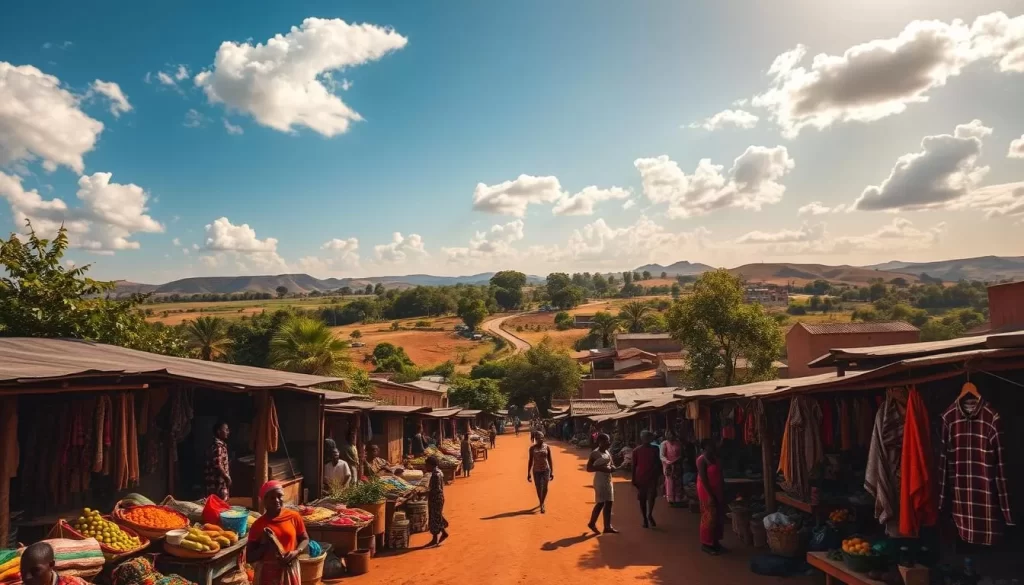
Conclusion: Making the Most of Your Ghana Trip Whatever the Season
Ghana is a year-round destination that promises an unforgettable experience, regardless of when you choose to visit. While certain months offer optimal conditions, each season brings its unique charm. The dry season (November-March) is ideal for wildlife viewing and easier travel, while the wet season (April-October) offers lush landscapes and fewer tourists. By understanding these variations and planning your trip accordingly, you can have a memorable trip to Ghana. With proper preparation and flexibility, you’ll be able to travel through Ghana and enjoy its warm hospitality and rich cultural heritage at any time.
The above is subject to change.
Check back often to TRAVEL.COM for the latest travel tips and deals.
